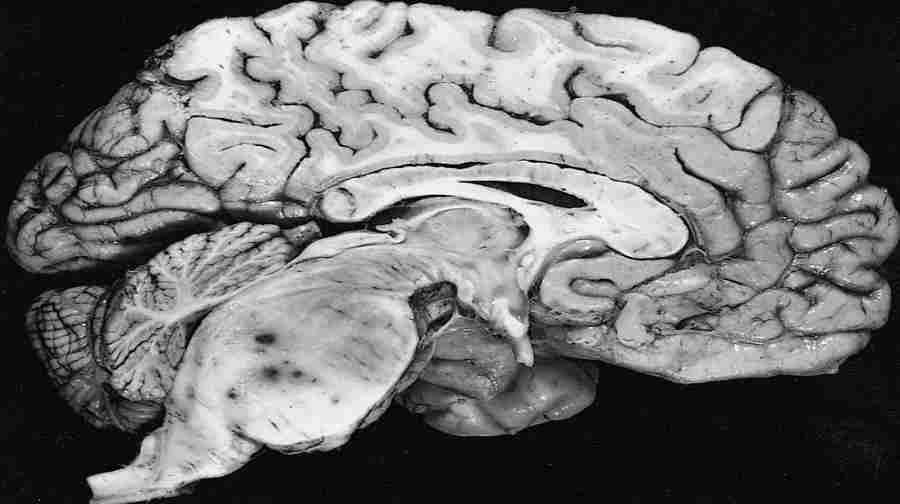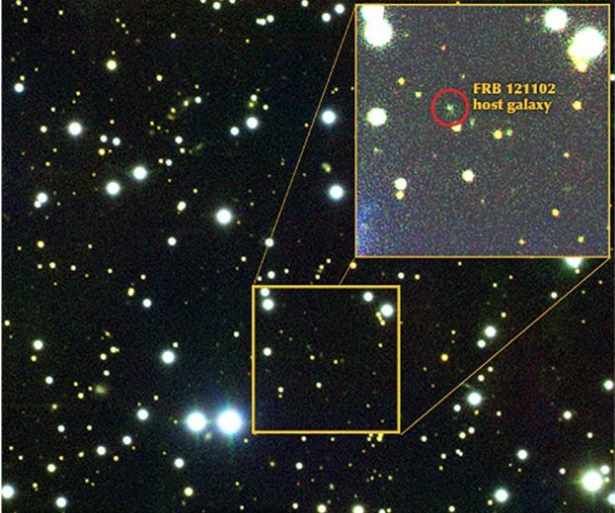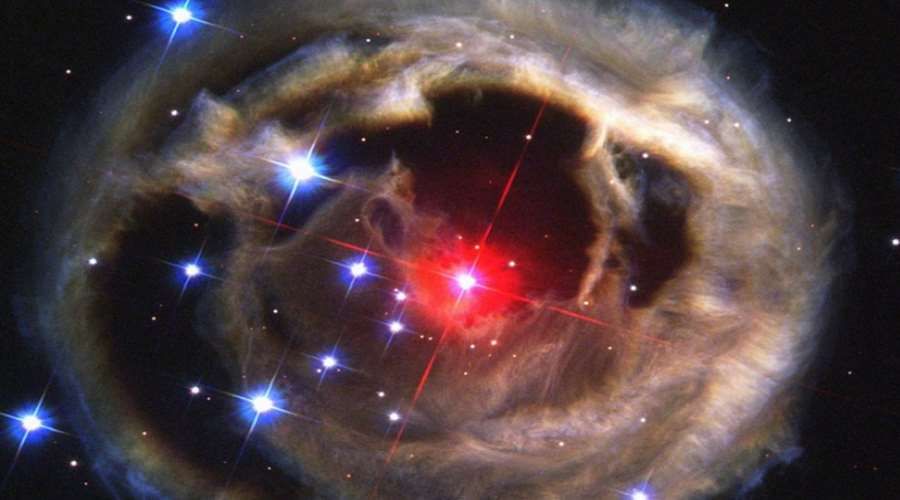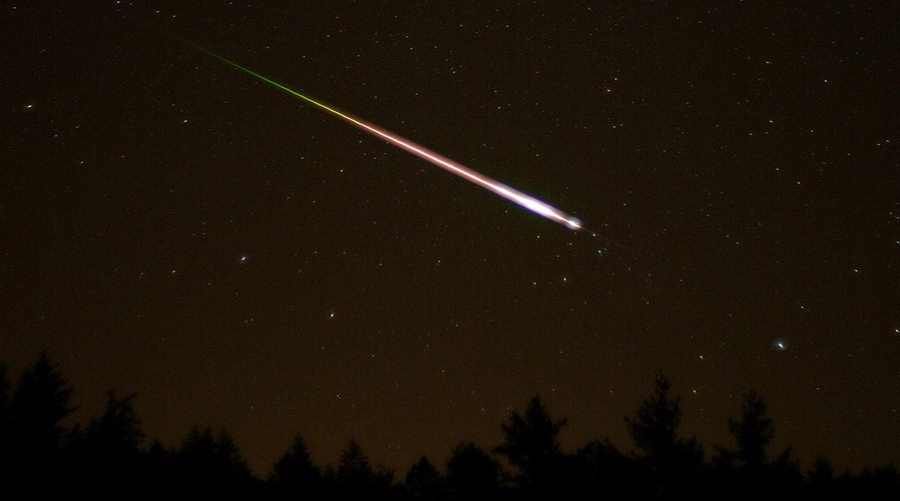A breakthrough is coming? Polish way for ultrafast information recording
Polish-Dutch team of physicists has managed to bypass the barrier in speed and efficiency of information writing. As a result, data on computer disks could be written a thousand times faster than now.
Polish-Dutch teamół researchers found a wayób, który will make the recording of information in computers much more efficient. This is the so-called. Cold ultrafast photomagnetic recording technology. The groundbreaking research was published Wednesday in the prestigious journal Nature.
– Thanks to our solution, the near future may be a computer, whichóry will not only run faster, but also consume less power thanks to more efficient memory. And so, for example. thanks to the use of our technology, 3D graphics, któNow the rendering (processing – przyp. red.) takes tens of minutes, it would be generated in a few seconds. And the laptop would last longer without recharging,” one of the authors describes in an interview with PAPóin the publication by Krzysztof Szerenos, a PhD student from the Department of Physics at the University of Bialystok.
Cool calculation
However, as the young physicist points out, the true potential of the solution will be especiallyólnie noticeable in huge server rooms or data storage and processing centers. There savings – when it comes zaróboth in terms of time and in terms of the energy required to write and process the data – would really be a no-brainer.
– Currently, as much as 5 percent. of global electricity production is absorbed by such IT centers, and the wkrótce this will increase to 7 percent. – informs the head of the research Dr. hab. Andrzej Stupakiewicz of UwB’s Department of Physics. He points out that considerable amounts of heat are emitted during writing – so much so that additional energy must be used to cool the equipment to protect the data.
Meanwhile, according to the UwB researchers, the new method will cause the temperature of the information carrier to increase during the recording of information (and also during reading), e.g. by only 1 degree C. In this situation, cooling will be unnecessary. The system operates at room temperature.
The world of disk
Andrew Stupakiewicz reminds what the recording of magnetic information on a disk is about. – We can imagine that there are mnótion of tiny magnetsów. Every magnet has a pole póNorth and south, i.e. the direction of magnetization. If we manage to obrócut one magnet, we change its binary value – e.g. from 0 to 1. In this wayób we save the information – tells.
He adds that in commercially available memories, the state of magnetization was most often changed using either a magnetic field or an electric current. However, this method inevitably resulted in heating up the materialów. And this leads to energy loss.
Besides, previous methods had physical limitations when it came to writing speed – it was known that several nanoseconds (a nanosecond is a billionth of a second) were needed to change the state of a bit in today’s fastest RAM memories. The new method makes it possible to bypass the previous barrier of recording speed.
Grenade into the IT market
Polish researchers have shown that there is a non-conductive material (yttrium-iron garnet doped with cobalt ions, YIG:Co) in which theóThe state of magnetization can be changed by ultrafast pulseóIn light, and reversibly. To switch one bit in such a material, a single laser pulse is enough.
– Compared to the current fastest memories, we can get a thousandfold increase in data writing and reading speed – cfówn Andrzej Stupakiewicz. Materials with a garnet structure are available on the market and, according to scientistsów – would not be a problemów with improvements in their parameteróin order to optimize recording and use on a mass scale.
The impetus for serious savings
Researchers report that in storing 1 bit of information, the system would use really little energy – up to 10,000 times less than the latest STT-MRAM technology entering the market, and up to a billion times less than current hard drives.
It has been known for some time that it was possible to make a magnetic recording with single pulsesóin the laser. A decade ago, a group of researchers from the Netherlands discovered a metallic material with these properties. However, due to the very strong absorption of light, the material heated up considerably during recording. – Now, in wspóWorking with the same team from the Netherlands, we demonstrated that there is a magnetic dielectric thatóry is transparent and does not heat up under the impulse of theóin a laser, and the recording is even faster,” says Krzysztof Szerenos.
The Bialystok team’s research was conducted with support from the National Science Center. Now the Poles – wspólnie with the Dutch – they are applying for an EU grant to develop theój research. Within 5 years they want to build a prototype system using the new cold ultrafast photomagnetic recording technology. They hope that then new devices could be on the market in as many as 10 years.









